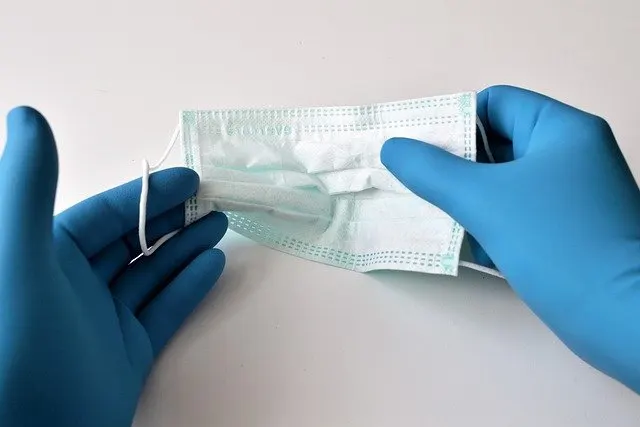
As a result of the pandemic, the number of people practicing DIY on their homes increased significantly – so much so that the sale of DIY products was a major contributor to the UK’s sales recovery following the second lockdown of 2020. But many of these new DIYers are self-taught, and may not know the safest way to go about working on their own home. Here are five crucial ways to keep yourself and your tools safe while working on your home.
Dress Appropriately
If you’re going to be spending extended periods of time working with power tools, you need to ensure you are dressed for the job. Loose hair or articles of clothing can get trapped in the spinning mechanisms of tools, causing damage to your tool, your clothing, and even to you. Wear overalls, and tie your hair up if it is long – this way, you can prevent injury by misadventure. Overalls will also protect you from any potentially hazardous substances onsite, from glass fibers to corrosive substances and solvents.
Make a Point of Wearing Eye Protection
Eye protection is a crucial piece of kit when it comes to physical labor. There are many hazards on a construction site or renovation space that could cause untold damages to your eyes. Angle grinders or circular saws spit up dangerous sparks, and in some cases their moving parts can shear, causing shrapnel to fly at speed. Toxic fumes can irritate your eye, in the event of steaming wallpaper, using white spirits or mixing solvents for finishes.
Tether Your Tools if Working at Height
If you find yourself working at height – whether touching up attic beams or replacing roof tiles – make sure to use retractable tool lanyards to secure your tools nearby. Letting go of a heavy drill while high up could be disastrous for workers below you, even if they are wearing head protection. The lanyard saves your tools from falling, enabling you to work safely and efficiently in the knowledge they aren’t going anywhere.
Store Sharp and Pointed Tools Correctly
Many tools have a dangerous end, and you will already be familiar with safety with regard to handling sharp objects or power tools – but it can also be easy to forget how dangerous certain items can be. Any potentially dangerous tools, such as chisels, rock hammers and Stanley knives, must be stored safely in a tool box or holster up until the moment their use is required. A mistake many DIYers make is to use their pockets for knives and chisels, which creates the danger of them falling out and causing serious injury to yours – or someone else’s – foot.
The Hand-in-Pocket Method
You might find yourself working around electrical wires at certain times – and whether or not you know a thing or two about electronics, they are best left to electrical professionals. However, if it does fall to you to touch or move anything electrical, or potentially involving bare wires, there is one sure-fire way to keep yourself safe while doing so. Place on hand firmly in your back pocket while interacting with potentially live electronics; using both hands could result in you inadvertently making a circuit, with your heart squarely between two points. Using one hand prevents you from making such a circuit.
- Sagittarius Man & Gemini Woman Love and Sex Compatibility - January 31, 2024
- Taurus Ascendant Rising Personality Traits in Men (Guide) - January 31, 2024
- How to Seduce and Attract a Sagittarius Man (Seduction Tips) - January 31, 2024
